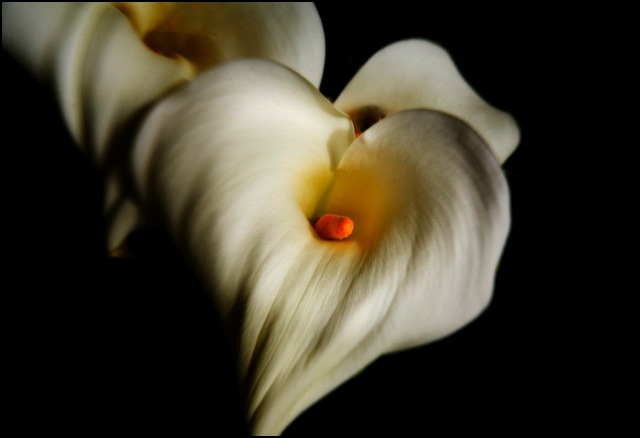Film really is dead.
From a recent reader’s email:
“I noticed on your last upload that you used a Mamiya for that particular photo – I’m experimenting with film myself recently as I’ve never owned a decent film camera until I bought a used eos-3 a few weeks ago. I’ve only shot digital since becoming an enthusiast, but because my camera is not full frame I don’t enjoy the full benefit of my wide angle lenses. Let me get to the point, where, in your opinion, is the best place to send film for processing and scanning? What is the best film to use?”
My reply:
“Clean negatives/slides:
Despair at getting clean processed negatives was just one of the reasons that drove me to digital, so I really cannot recommend a good place. Most seem to walk on your negatives with hob nailed boots before packaging them.
Film quality:
a – Slide:
In 35mm slides nothing beats Kodachrome for image quality but it’s rapidly dying and only one or two places remain that process it. (B&H in NYC send theirs to A&I in CA for processing – A&I has a good reputation but they are not cheap). Plus it was discontinued in 120 size a few years ago. Further, as Kodachrome is not a silver-based emulsion, scanning with dust removal software is impossible so that’s another strike against it. So if you see reference to technologies like Digital ICE, they will not work on Kodachrome, smart as they are.
b – Negative:
In color negative I found the best 35mm combination of fine grain and color palette was in common or garden Kodak Gold 100, available in any drug store. In 6×6 and 4″ x 5″ I used Kodak Portra and loved it. These are 100-160 ISO, so not good for low light use, but perfect for landscapes and skin tones. Fuji is a mighty competitor and while I never used their emulsions they would not survive if they were no good. So I doubt you will go wrong with any of the better offerings from Kodak and Fuji. With the exception of Kodachrome all color films (and many so called chromogenic monochrome emulsions) are dye based and work with scratch and dust removal technologies incorporated in many scanners. If you value your time, delegate the scanning. Once ICE is invoked, scan times double and quadruple. Life’s too short.
Film is dead:
By all means enjoy film but I would advise against any serious investments in film gear as film really is on its last legs and you will be left owning useless paperweights. A cheap Leica/Hasselblad/Nikon/Canon film camera without film or without anyone to process the film properly is useless, if pretty to look at.
The Mamiya snap I uploaded was one of the last few taken on film …. there’s no going back for me. Properly processed digital is superior to film in every possible respect, IMO, and I would rather you looked at investing in a good full frame digital (used 5Ds are becoming attractively priced, as one example) or some ultra-wides for smaller sensors than that you went to a near-dead technology. I’m just telling it the way I see it – as an amateur user who makes big prints for display. Viewers don’t care what you used – film or digital. It’s just that digital is so much less hassle in every possible way, so there’s less to get in the way of a good picture.
And trust me on this, no one can tell the difference between properly exposed and processed film and digital. It’s just that digital needs a different approach to quality from film. I have had people write me telling me how much my film images have a greater look than digital ones. Considering they are looking at a 640×480 pixel image on a poorly adjusted computer monitor, that opinion is simply worthless and not a basis for rational comparison.
Film is dead will raise your blood pressure if you are a film aficionado!
Life is short. Don’t waste it processing:
In other words, the only people getting into film cameras today are either hardware collectors or cranks. Those who continue using them place little value on their time or their balance sheet.

Film or digital. You cannot tell and I’m not telling either!
Sell the film hardware to Japanese collectors (can anyone remember a good Japanese photographer since Hideki Fujii and Kishin Shinoyama in the 1970s? No, because they all collect gear instead), pay someone to scan all your old stuff and move on. And get a life.